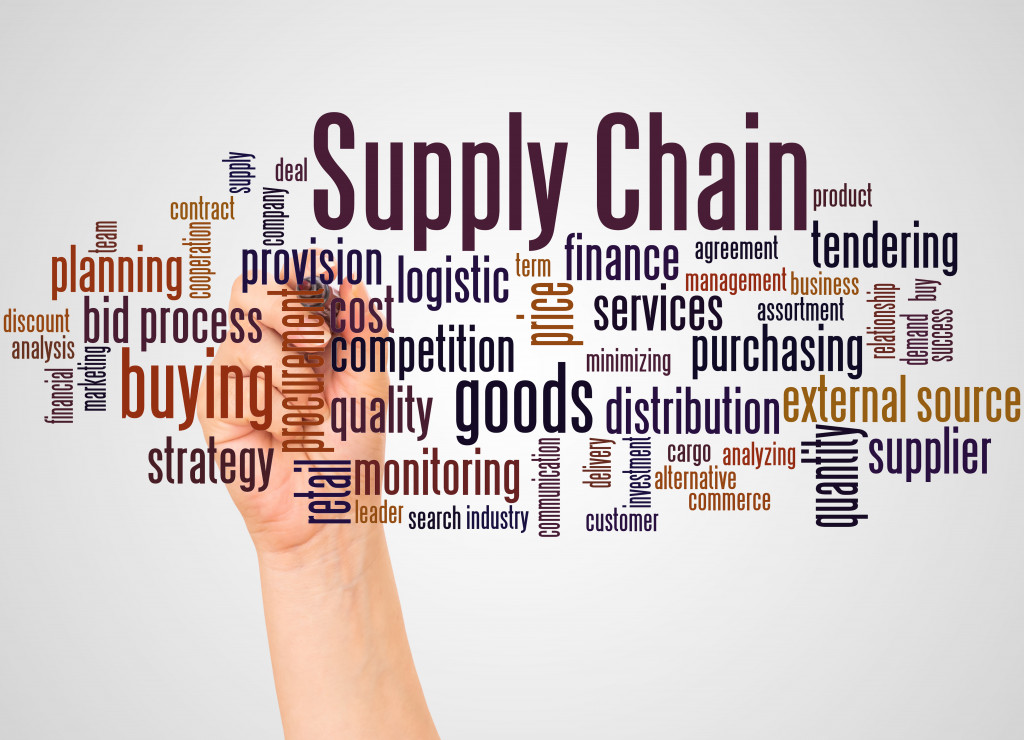- Identifying and addressing bottlenecks is essential for improving supply chain efficiency.
- Common bottlenecks include a lack of collaboration between departments and inadequate technology.
- Outsourcing and partnering with third-party logistics providers can help optimize supply chain management.
- Accurately predicting demand and investing in inventory management systems can also improve efficiency.
- Streamlining communication with contract logistics partners is crucial for successful supply chain management.
Supply chain efficiency is one of the critical aspects of successful business operations. Companies that experience supply chain issues due to inadequate management or lack of strategy are often unable to provide goods and services to clients on time. Supply chain inefficiencies can also lead to increased costs, poor quality, and other problems that can negatively affect a business’s success.
Fortunately, business owners can implement specific policies and strategies to improve their supply chain efficiency. This guide will explore some of the most effective techniques that can help you optimize your supply chain and increase the effectiveness of your business operations.
Identify and Address Bottlenecks

Identifying bottlenecks in your operations is one of the first steps towards improving supply chain efficiency. Bottlenecks are areas within the supply chain process that slow the flow of goods and services or cause delays.
Addressing bottlenecks is essential to ensure the supply chain is optimized; otherwise, all the efforts to boost the supply chain efficiency may not yield the desired results. Some of the common bottlenecks most businesses face include the following:
Lack of collaboration between departments
When different departments in a company fail to communicate or collaborate effectively, it may cause delays in the supply chain process. For instance, if the sales team is not updated on inventory levels, they may make promises to customers that cannot be fulfilled due to stockouts. This leads to dissatisfaction among customers and can damage the company’s reputation.
Inadequate technology and automation
Technology plays a crucial role in optimizing supply chain efficiency. Companies that still rely on manual processes may experience delays and errors, resulting in increased costs and reduced productivity. Automation can significantly improve the accuracy and speed of various supply chain operations, making it an essential investment for businesses.
Outsourcing and Partnering with Third-Party Logistics Providers
In some cases, companies may not have the expertise, resources, or capacity to manage all aspects of their supply chain. In such cases, businesses can consider working with third-party contract logistics partners specializing in transportation, warehousing, and inventory management. Outsourcing and partnering with these providers can help companies manage their supply chain more efficiently and deliver goods and services promptly.
Optimize Inventory Management
Companies can boost their supply chain efficiency by optimizing the management of inventories. By accurately predicting demand, companies can reduce the amount of stock they need to store, which reduces costs in terms of storage and insurance.
You can also optimize inventory management by investing in inventory management systems that track stock levels, monitor inventory turnover rates, and provide real-time data. This enables you to make informed decisions about inventory replenishment and avoid stockouts or overstocking, which can significantly impact supply chain efficiency.
Streamline Communication
In any supply chain process, communication is a critical element. Miscommunication and lack of information exchange can lead to problems and inefficiencies within the supply chain.
To this end, businesses can streamline communication with suppliers, logistics providers, and other stakeholders by using communication technologies and automating specific communication processes as much as possible. But how do you streamline communication with your contract logistics partner? Here are a few tips:
Establish clear lines of communication

At the beginning of your partnership, establish agreed-upon channels for communication with your contract logistics partner. This can include email, phone calls, and online portals for tracking inventory levels and shipments.
Regularly review performance metrics
Set up a system for regularly reviewing performance metrics with your contract logistics partner. These metrics should align with your goals for supply chain efficiency and provide valuable insights into areas that need improvement.
Continuous Improvement
Supply chains are not static; changes in external factors such as economic conditions, market trends, or consumer preferences can affect supply chain operations. Therefore, companies should continuously evaluate their supply chain processes, implement improvement projects, and explore new ways to optimize their activities.
Continuous improvement initiatives further increase efficiencies within the system, cutting response times and reducing operational costs.
The Bottomline
Improving the supply chain efficiency of a business takes time, effort, and strategy. By following the above techniques, business owners can improve their supply chain processes and reduce operational costs while increasing the quality and quantity of products and services they offer. This way, businesses can also gain a competitive advantage within their industry and better meet the needs of their clients.



